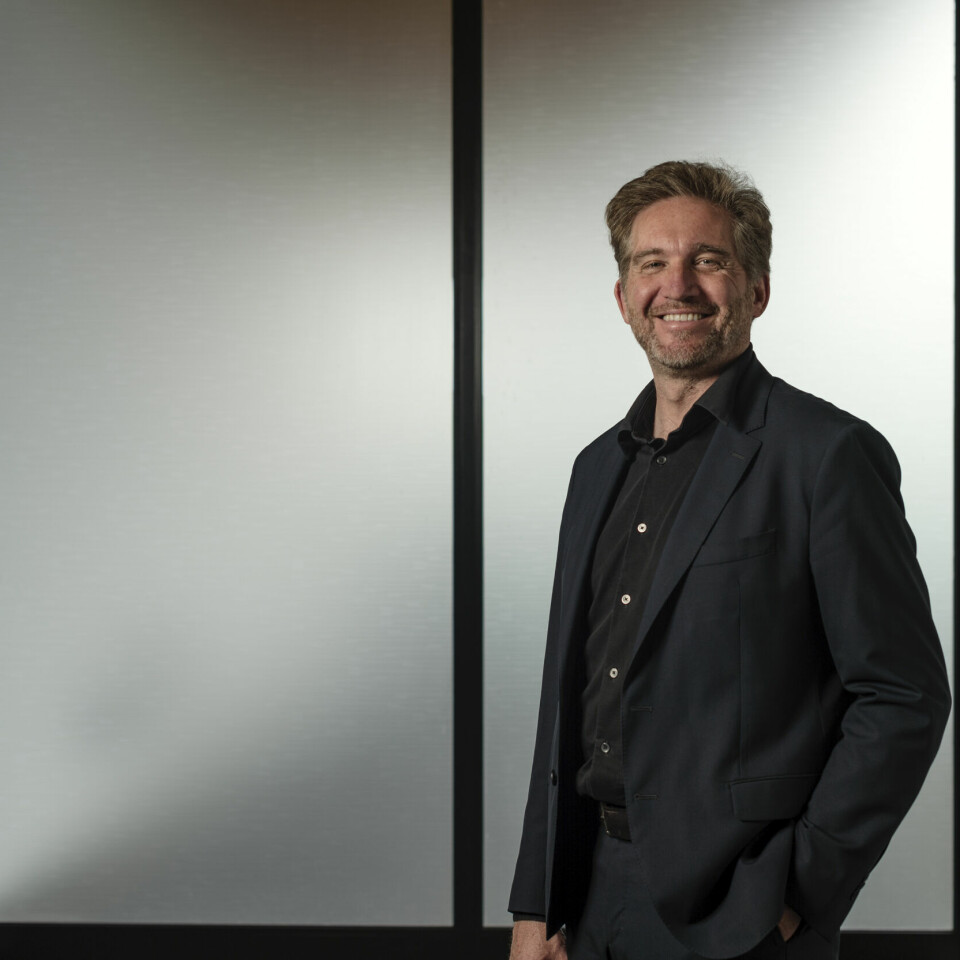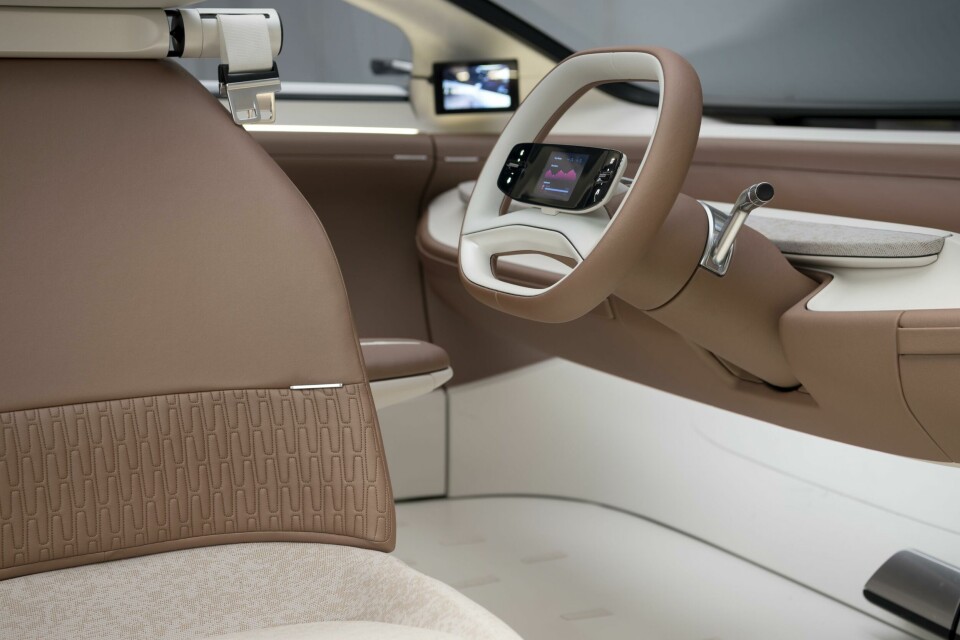
Car Design Review 9: Martin Uhlarik, Tata
“Now we design everything, even the boot liner. We design the brand and how you see the vehicle on every level”
I grew up in Northern Ontario, Canada in a mining town with long winters. My Czech-immigrant family were all petrolheads and my father had nice cars as did my uncle and all of his friends. I remember when I was eight years old, there was a 911, a Daytona and a Dino on our driveway. My father and his friends got together on a Sunday afternoon and went for a fast drive somewhere on the outskirts of town with all the kids in the back.
We used to go to all the car dealerships and analyse everything and also the Montreal Grand Prix every year.
My first GP was in 1978 when Gilles Villeneuve won. It was a real car enthusiast culture. Me and my brother were also very artistic, always drawing. I was pretty rubbish in school to be honest, but by chance I met someone who wanted to be car designer at an open day at Ontario College of Art. I enrolled in the industrial design course there and then went on to attend the European branch of Art Center in Vevey, Switzerland, with a lot of very good fellow classmates who are now very influential in the industry.
When you’re building a team, you want that sheer enthusiasm for the job at hand, being a designer and creating the future
I think I’m a pretty good judge of talent. The glamour and emotion that can be put into a rendering is something I place a huge premium on. The mediums might have changed, but fundamentally the principles are the same. I look at a portfolio and within a couple of pages I make a call. After that, it’s whether a young designer can make a 3D model. Can they translate their visual ideas and vision into something that has good balance and proportion, that is cohesive?
When it comes to experienced designers, obviously their talent is first. The second thing is their pedigree. Where did they work? What did they work on? And the third, which is just as important, is character. Do they still have curiosity and are they normal people that can blend with the team? I like being around creative people, but I like people who are enthusiastic and optimistic. When you’re building a team, you want that critical mass. You want the music playing in the studio and that sheer enthusiasm for the job at hand, being a designer and creating the future. Because that’s ultimately what we’re doing, we’re creating solutions and an optimistic outlook.

I remember one of my very good friends playing music by the band Rage Against the Machine, super-loud. I like that. Nowadays I’m always frowning because everybody’s got noise-canceling headphones on. You walk through the studio and it’s absolutely dead. Design is collaborative. Obviously there’s individual talent and voices, but ultimately design is a team effort and music is a good unifier. It can inspire you or motivate you, depending on the playlist.
There’s been a lot of discussion over the last few years about mobility, electrification and environmental challenges. Our mobility won’t stop, we’re just changing the technology behind it. But my way into this career was built on enthusiasm. When there’s a Daytona on your driveway – even if it was a family friend’s car and not yours – it makes you passionate and passion was the first pillar of my career. Then there’s the rational part, which was my industrial design education. That’s all in car design. As we go into autonomy and mobility, I have a bit of fear that car design could become very anonymous, about compliance and just a service rendered.
We do a lot of studies from a social point of view. I’m a Gen-Xer, but for millennials, Gen Y, Gen Z and Gen Alpha the automobile doesn’t hold the same place as it did with my generation, it’s becoming more of a niche. You’re still going to have vehicles, but are they going to hold the same position in society, or just be reliable, safe modes of transport? I’m not saying what’s right or wrong, but I see that as a challenge going forward, making enticing and engaging products. Whether the customer owns the car or uses it, drives it or is just a passenger, will that experience get them excited? Or will they not even remember what vehicle they were in and where they were? I want every aspect of life to be quality time.
In the 1960s the exterior was done and then the interior was almost ‘whatever’
When I see where we are in 2022 and I’m sitting in my office looking over the clay studio, basically down there are the cars of 2026, 2027 and so forth. I’m looking at a 10-year window from when I joined to these products being on the road. I don’t think many companies have had that sort of acceleration. Tata’s been a nice company to work for with very nice people to work with and not just within design, I’m talking about the board, the management and the engineering teams. It’s very collaborative.
What we did with the Avinya concept is a great leap forward in terms of ‘gen-three’ electrification. All I did was give the team the brief and they came up with this idea and these solutions, all built on principles of design which are future-forward, human-centric and optimistic. That’s good and hopefully it’s reflected in the work. In the 1960s the exterior was done and then the interior was almost ‘whatever’. Even the tail-lights could be carried over from another car. But now we design everything, even the boot liner. And we’re not just designing the product, we’re designing the brand and how you see the vehicle and interface with it on every level. Our footprint has expanded.



